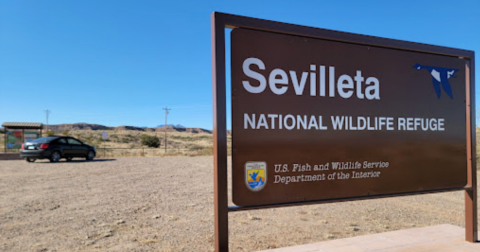One Of The Worst Disasters In U.S. History Happened Right Here In New Mexico
Mining was (and, to some degree, still is) big business in the West and you’ll find that many little towns across this section of the country got their start from a nearby mine. However, mining has a rather grisly past and, historically, it has always been a strenuous, dangerous job. In fact, one of New Mexico’s worst disasters occurred in a coal mine back in 1913.


Accounts from the time mentioned residents and miners hearing a sharp crack and witnessing fire shoot from the mine entrance. Miners were found inside, frozen in time by the explosion with tools still in hand. Only 23 miners survived the blast.


By 1950, demand for coal declined and Dawson’s mines closed. Phelps Dodge quickly razed the town and one of the few reminders of the town today is its extensive cemetery. Dozens of iron crosses painted white stand against the landscape, a stark reminder of the dangers miners endured.

Did you already know about the tragedy that struck this New Mexico town? We’d love to hear from you in our comments.
You can read about more surprising instances from New Mexico’s history in 8 Insane Things That Happened In New Mexico You Won’t Find In History Books.
OnlyInYourState may earn compensation through affiliate links in this article. As an Amazon Associate, we earn from qualifying purchases.




